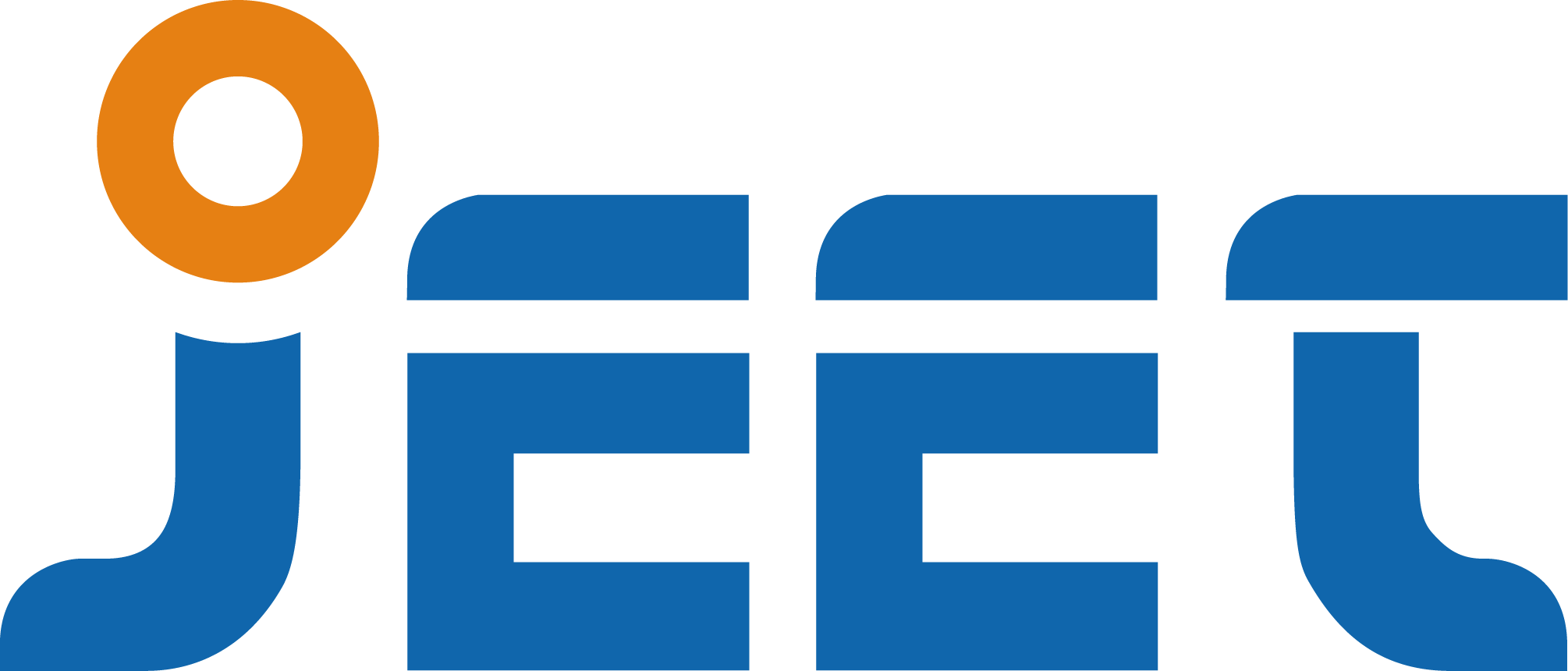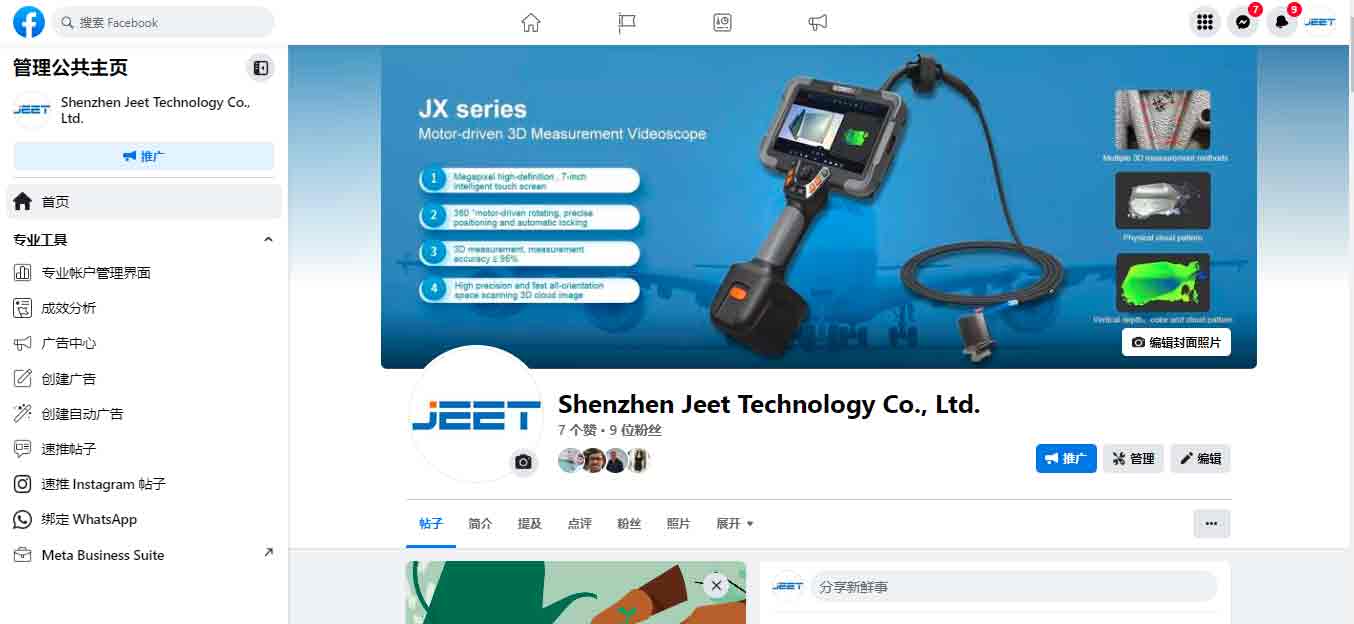How to choose an industrial fiber optic endoscope
Optical fiber is a kind of glass fiber, which is transparent and thick as spider silk, and when light enters the glass fiber at an appropriate angle, the light will travel along the curved glass fiber. It is called optical fiber because it is used to transmit light.
Optical fibers are usually encapsulated in plastic protective sleeves, which can be bent without breaking. In daily life, the conduction loss of optical fiber is usually lower than that of light, so optical fiber is usually used for long-distance transmission. In the illumination configuration of the endoscope, the brightness of the fiber optic illumination is higher than that of the LED front illumination, which is suitable for the detection requirements of various scenes. The principle of fiber optic illumination is that the light source emits strong light from the inside, then sends it to the probe, and illuminates the observation object through the fiber optic catheter. Another major advantage of fiber optic lighting is that the temperature of the probe is low, the camera will not be surrounded by high temperatures during use, and it has a long service life, because the light source will also emit light when it is emitting.
Fiber optic endoscopes can be used in places where high temperature, toxic, nuclear radiation and some people cannot see with the naked eye, and can provide accurate detection without destroying or disassembling the instrument. Different models of JEET endoscopes can provide fiber optic illumination. The maximum illuminance can reach 120,000 + LX, and users can choose according to different needs.
JEET Technology Co., Ltd. is committed to the development and sales of industrial fiber optic endoscopes. If you have any questions or needs about this product, please call.



